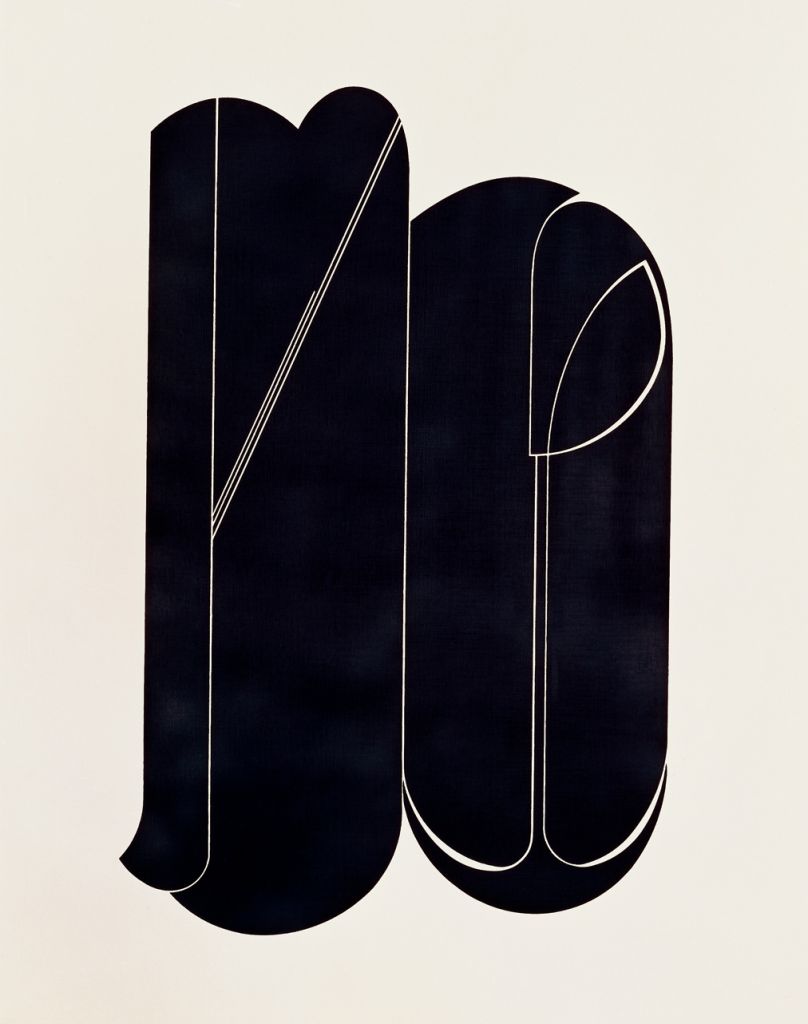In a (Microverse I) Fraction
1997Mixed media on wood170 x 850 x 71.5 cm
Darío Urzay began his career painting hyperrealist canvases, before moving on to abstract paintings and then developing the personal language that has characterized his work since the 1990s. His discovery in the late 1980s of the work of Gerhard Richter—whose paintings alternate between the abstract and the representational—came as a particular revelation. Urzay's work exemplifies a tendency in contemporary painting influenced by the proliferation of new media such as video and digital photography and by a critical discourse that gives primacy to the conceptual aspect of painting. It recognizes that, ontologically, the world can be organized in a way that is neither exclusively true nor exclusively fictitious, and that this can be represented just as well with a paintbrush as with a camera. Consequently, many contemporary artists have alternated between painting and photography, while others produce hybrids of the two. Indeed, many of Urzay's works are veritable hybrids of several genres: he has created numerous works with multiple wood panels, hung on walls or placed on the floor, that bring his practice closer to sculpture and installation than to painting. He also combines painting with photography in such a way that it is often hard to know how the resulting image was produced. The markedly scientific and futuristic nature of his work takes us to the universes of science fiction and psychedelics; there are also hints of Surrealism and mysticism, with references to higher states of consciousness.
In a (Microverse I) Fraction [En una (Microverso I) fracción, 1997], one of the artist's most monumental works from his early period of artistic maturity, consists of five panels that together form a kind of cinematographic screen. The three central panels are paintings, and the panels on either end are photographs; the ensemble is unified by a coat of shiny varnish that covers the entire surface of the work. The imagery of the three blue central panels is typical of Urzay's work of the period: it is an ambiguous image that suggests an almost photographic vision of outer space and at the same time a microscopic view of an organic world, again in an almost photographic style. Urzay created the image by pouring materials—including pigments and other powders, metallic shavings, and liquid binders—onto panels of wood, and then moving the panels to encourage the liquid and even magnetic movement of the materials. A similar kind of movement was performed on the photographic paper of the two lateral panels: here, he moved the camera in front of a video recording of an eye playing on a television screen. Urzay sees these images as a way of bringing the photographing subject to the photographed object—from eye to eye—and, metaphorically, as a way of documenting the effort to apprehend light. What interests the artist, in both photography and painting, is using a physical base to generate a discourse beyond physics.
Source:
Enrique Juncosa. "Darío Urzay." In Guggenheim Museum Bilbao Collection. Bilbao: Guggenheim Museum Bilbao; Madrid: TF Editores, 2009.
Original title
In a (Microverse I) Fraction
Date
1997
Medium/Materials
Mixed media on wood
Dimensions
170 x 850 x 71.5 cm
Credit line
Guggenheim Bilbao Museoa






